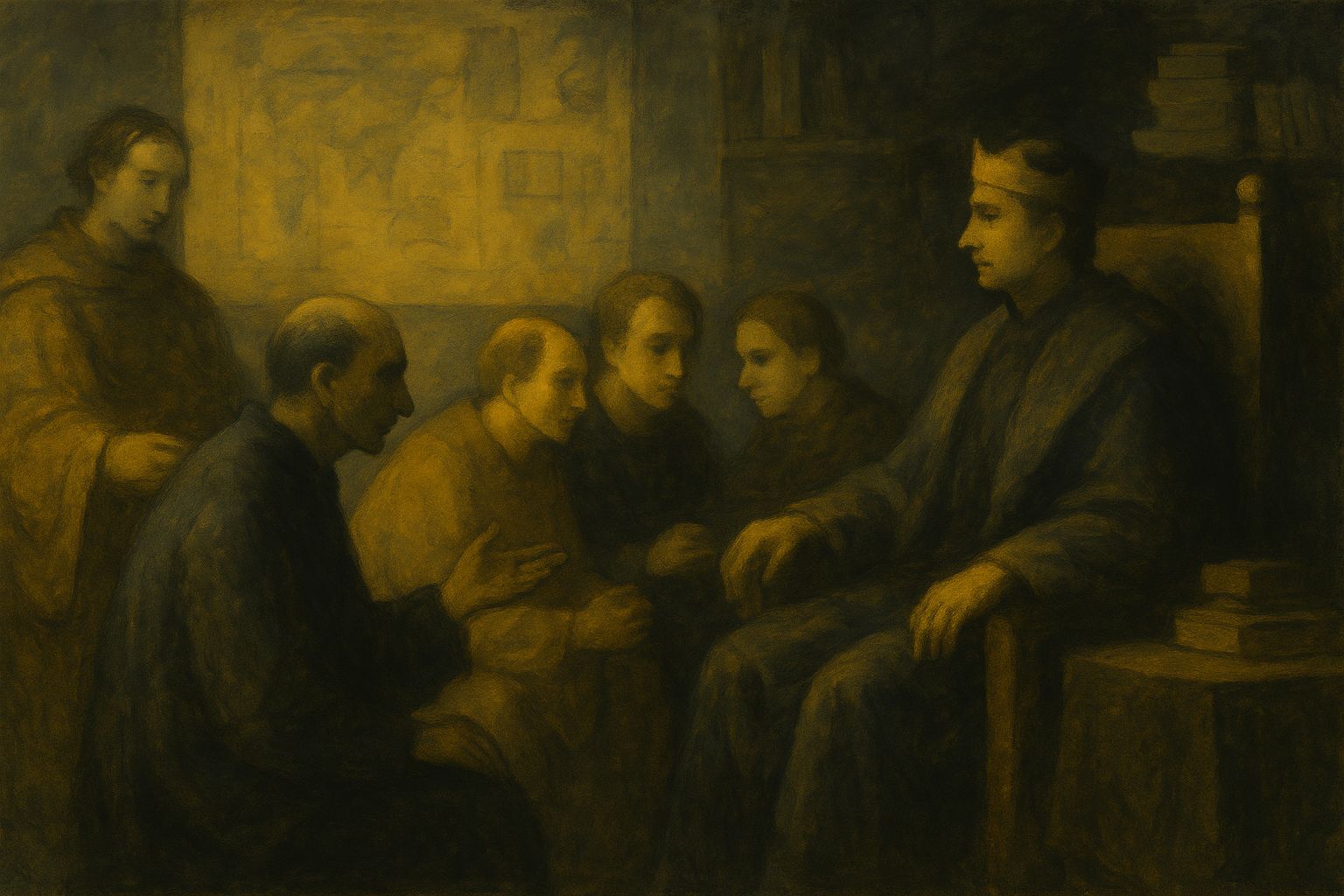
Agile methodologies are gaining popularity across the world. Agile methodologies largely used by the software industry is now gaining popularity in other industries too. There are many examples of organisational change and transformation by adopting agile methods and practices. While that may be the case, we truly believe that Agile is a mindset first.
As always, we take a keen interest in studying the human dimension of the methodology. That interest has resulted in a keenness to absorb stories from the agile world. Our aim is to showcase a story, a firm, trivia, top tweet, an interesting practice from the world of agile every fortnight. All of them embodying the Agile is a mindset theme.
The firm we turn our lens on today, is Menlo Innovations. Menlo Innovation is a software design and development firm. It delivers custom software in medical and health care fields. This company is based out of Michigan, USA. 10% of Menlo’s overall revenues comes from people visiting its offices! Yes! People pay as much as $20,000 to see how Menlo Innovation works. Menlo doesn’t use agile as a descriptor for its way of thinking and working. The reason for that according to Richard Sheridan, the CEO of Menlo, is:
“We borrowed from a lot of concepts. We tweaked concepts to find what worked for us. At Menlo we are not doing these things because we want to be Agile. We’re doing them because we want to produce joy in this world with our work. What we have tried to do at Menlo is to emancipate the heart of the engineer, which is to serve others. We engineers exist to produce something that the world will enjoy, something that will delight people. All of these things that we call Agile or Lean, or any other processes that have a name, that’s what they are really about when they are done well. How do we serve others?”
Richard Sheridan, CEO Menlo Innovation

Stories of Agile from Menlo.
We looked at the practices of Menlo from the lens of its people and two experiences stood out! Sharing one story or practice here which demonstrates the agile mindset at play in Menlo..
One-week work cycles
Menlo has adopted a unique practice of one-week work cycles. Which means team members are rotated every week. They have new work assignments and new team members to work with every Monday. Teams have found freedom and collaboration in what feels at first glance, like a game of roulette.
Keeping teams together for longer duration is the default practice in most companies. The reasons for keeping teams unchanged are :
- Keeping a team together longer helps them learn each other’s strength and work better together.
- There is no need to change a team composition if it is doing well or if it is having no issues.
- If some issues on the work delivered crops up, the team that delivered the work is best suited to fix it.
Why did Menlo decide to rotate team members every week? Their reasons are powerful too.
- Productivity drop due to attrition and leave is better managed as every Monday there is a reset of teams.
- You also ensure that work and knowledge is better distributed. Everyone is comfortable with more people and more parts of the work. Nothing is taken for granted.
- Rotation of team members every week, gives each employee a chance to reset and begin afresh.
Now imagine being an employee at Menlo. Every Monday you have a new piece of code to work on and new team members to work with. Every Monday you are rotated into a team working on a new piece of code or assignment. This rotation and new assignment means that you have to understand the code written by someone in the previous week . By understanding the code to work on it further, you would have automatically tested it. Wonder what happens if some other team, doesn’t understand the code you worked on last week? They ask you. This helps you (the employee) get clearer with your own work.
Here is the round up for this edition of the Agile OWL
From social media:
• The 14th Annual state of Agile Report has been released. It is the longest running Agile survey in the world. This year’s survey surfaces an interesting anomaly. The survey says 81% of the agile teams that responded are not co-located . The anomaly is that one of the Agile principles urges teams to be co-located for better collaboration and creating value. It is useful to note that this lack of co-location is even before COVID19 forced remote working upon us.
• Here are six more myths in Agile busted by Mike Cohn. Mike Cohn re-posted this blog again as part of #ThrowbackThursday , yet these myth busting tips remain relevant as ever.
From the bookshelf:
• The Age of Agile by Stephen Denning is our book recommendation this edition. This book on one hand captures real world examples of teams going Agile. On the other hands writes about the traps which prevent management teams from adopting Agile. The book details three interesting laws to build an Agile mindset – Law of small teams, Law of the customer and Law of the network. Worth a read.
Do recommend to us books you think we should be reading.
From the fact box:
Here is an interesting research by Allen C Bluedorn, on daily stand up meetings vs the regular meetings. In his research Allen Bluedorn found that daily stand up meetings take 34% lesser time vs the regular sit down meetings . The daily stand up meetings produce equal quality outcomes and better decisions, in-spite of using only 1/3rd of the time.
#AgileQuotes to sign off..

Note : The post is Edition 1 of the Agile OWL a newsletter from the OWL umbrella. The Agile OWL is a newsletter focused on the human experiences and stories within agile transformations. Sign up to receive the newsletter here







